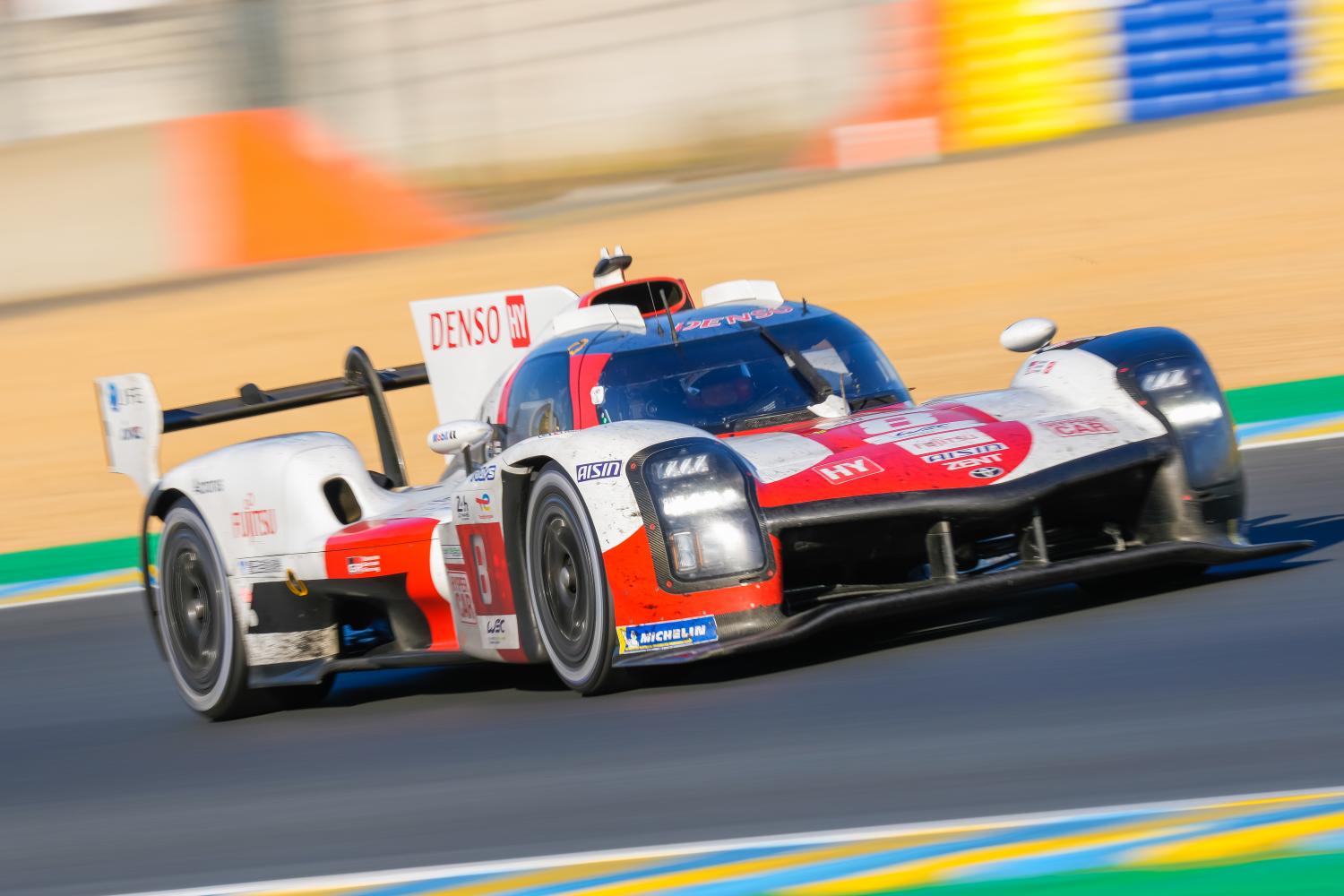24 HOURS CENTENARY – PERPETUAL INNOVATION ⎮ An essential feature now designed in function of aerodynamics on today's prototypes and GTs, windscreen wipers became widely used for the first time in 1949. Here is a look at an accessory that slowly but surely carved its place in the history of the iconic race.
The windscreen wiper was invented by American-born Mary Anderson. During a tram ride in New York in 1903, she was surprised to see the driver sticking his head out due to lack of visibility through his frosted windscreen. She filed a patent for 17 years for a mechanism comprising an arm with a rubber squeegee at its end. Auto manufacturers were not impressed, Ford even refusing to equip his legendary Model T with such a device.
An unnecessary accessory?
No cars were fitted with wipers at the inaugural 24 Hours of Le Mans in 1923 despite being required to cover at least five laps with a closed cockpit. It is true however that, at the time, the majority of windscreens were fully or partially foldable and that drivers preferred to wear glasses and keep the windscreens lowered (others were so small the drivers simply looked over them).
Although standard on all closed production cars, wipers did not make their first appearance at Le Mans until 1926 on a SARA (and then a Tracta in 1928), but were quickly discarded in the following years!
In 1934, Alfa Romeo experimented with wipers on a windshield deployed in front of the driver with the windscreen folded down.
A private Talbot Baby Sport was entered in the 24 Hours in 1935. For this closed-bodied car – a first – windscreen wipers were a must! However, most likely due to the lack of efficiency of the device, an opening was created in the windscreen on the driver's side to guarantee visibility at all times.
Beginning in 1937, Delage and Adler then Alfa Romeo and BMW began to field coupés on which windscreen wipers were installed. But the top step on the podium always went to lighter, open cockpit cars until after World War II, though an Alfa Romeo coupé did almost cause an upset in 1938.
For the return in 1949, many coupés figured on the starting grid (Aston Martin, Talbot Lago, Bentley) and even a few sedans like the 4CV. Improvements on windscreen wipers were carried out to ensure the blades would not fly off at higher speeds.
Windscreen wipers become indispensable
How do wipers work? An electric motor rotates continuously when activated and a set of connecting rods cause the squeegee blades to rub the windscreen in an alternating motion.
The squeegee, once created from natural rubber, is now frequently fabricated from a more resistant synthetic compound less sensitive to UV rays. The challenge over the years has been to make windscreen wiping more efficient. Electronics have allowed the different speeds and variable intermittent beats to take into account the amount of water to be evacuated.
It was also necessary to ensure the windscreen was correctly wiped and that the rubber blade did not come off at high speeds. With that in mind, the squeegee (originally one piece) was mounted on a flexible arm acting as a spring to press it down, but that proved insufficient. So the arm was equipped with a spiral spring to increase the pressure on the squeegee.
Windscreen wipers and aerodynamics
The shape of windscreens has also evolved: initally flat, they are now rounded out to be more aerodynamic. The squeegee has been adapted and mounted on a spring support, allowing it to fit into the curvature of the windscreen, often preformed with a leaf spring embedded in the rubber. Speed itself is used to flatten the wipers. From simple spoilers fixed on the arm then on the squeegee, hybrids now exist relative to blade shape and hollow interior for an aerodynamic effect.
All these developments originated mainly thanks to car racing. Since the mid-1950s, windscreen wipers have been widespread on cars, in particular because the ACO imposed a minimum windscreen height at the time.
Little by little, aerodynamics have dictated the shape of windscreen wipers. Today, they remain vertical at rest so as not to disturb the airflow over the windscreen and are now controlled by a button located on the steering wheel.
Windscreen wipers have marked the often rainy 24 Hours in their own way, sometimes helping to write a legendary chapter in the history of the race. In 1968, Henri Pescarolo drove a long stretch of the night in a downpour with broken wipers, taking his Matra to second position by early morning before a tyre puncture forced the car to retire!
PHOTOS (Copyright - ACO Archives): LE MANS (SARTHE, FRANCE), CIRCUIT DES 24 HEURES, 24 HOURS OF LE MANS. From top to bottom: on this year's winning Toyota GR010 Hybrid, notice the vertical position of the wiper at rest so as not to disturb the airflow around the windscreen and cockpit; in 1926, the SARA wiper was attached at the top of the windscreen; in 1939, BMW finished fifth, seventh and ninth; in 1968, a part of the windscreen wiper broke on Henri Pescarolo's #24 Matra, visible here in the middle of the bottom of the windscreen.




